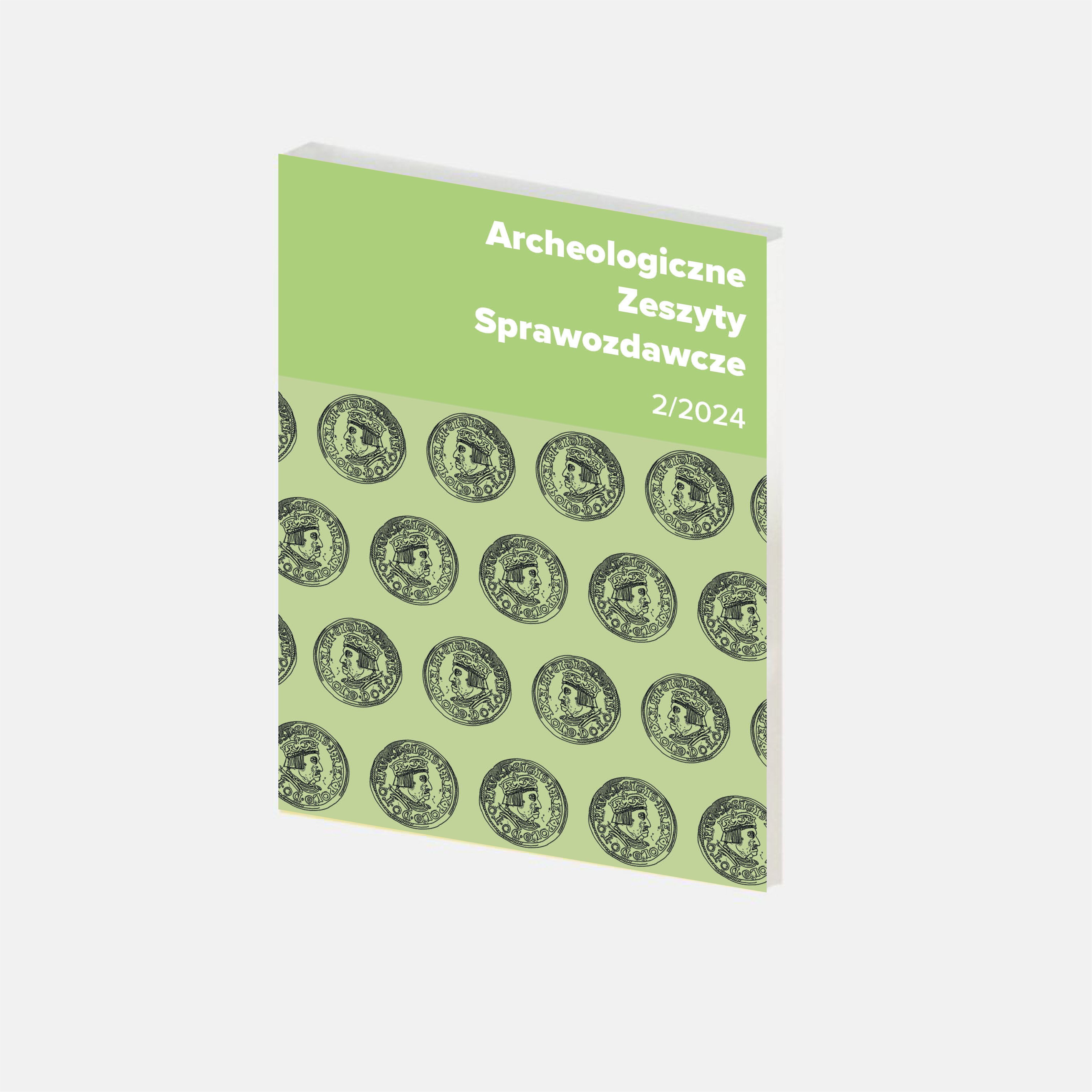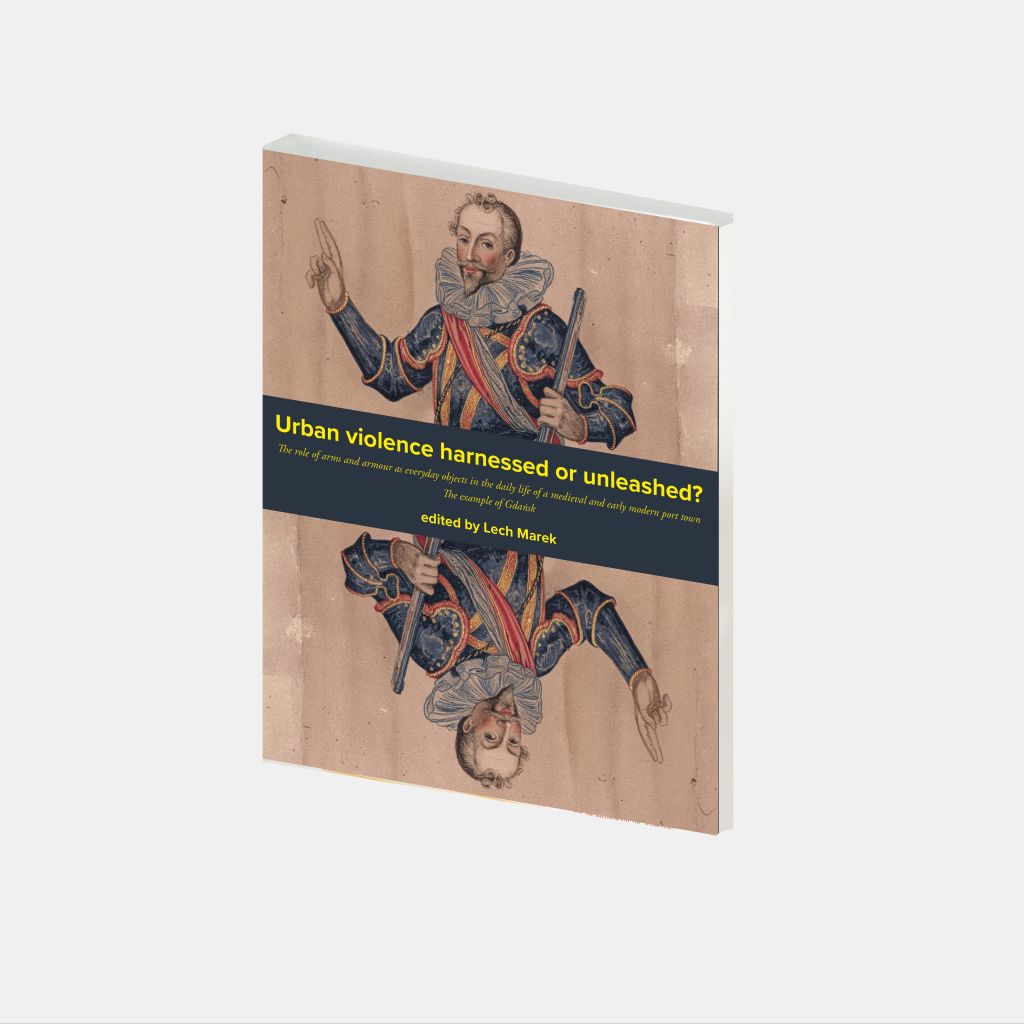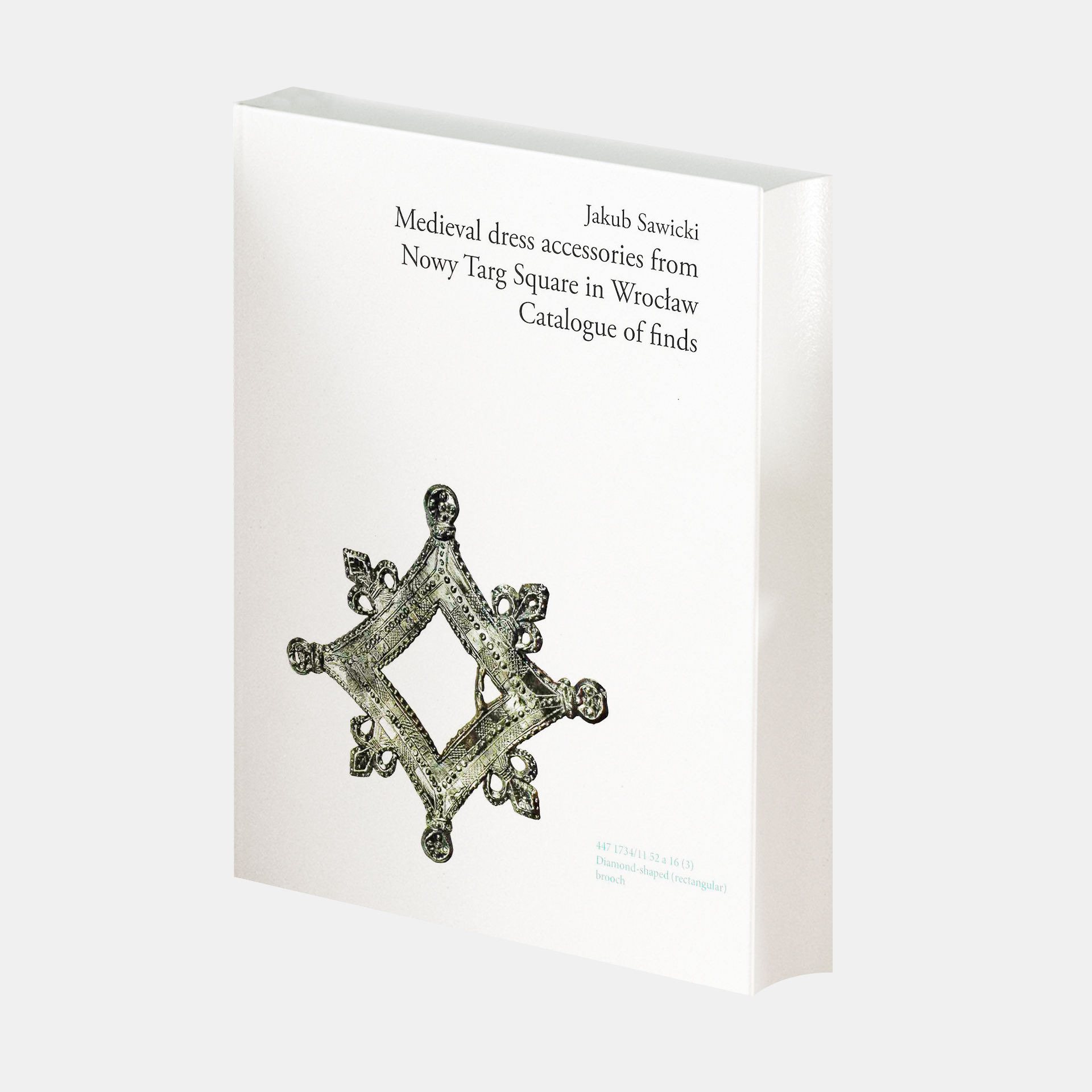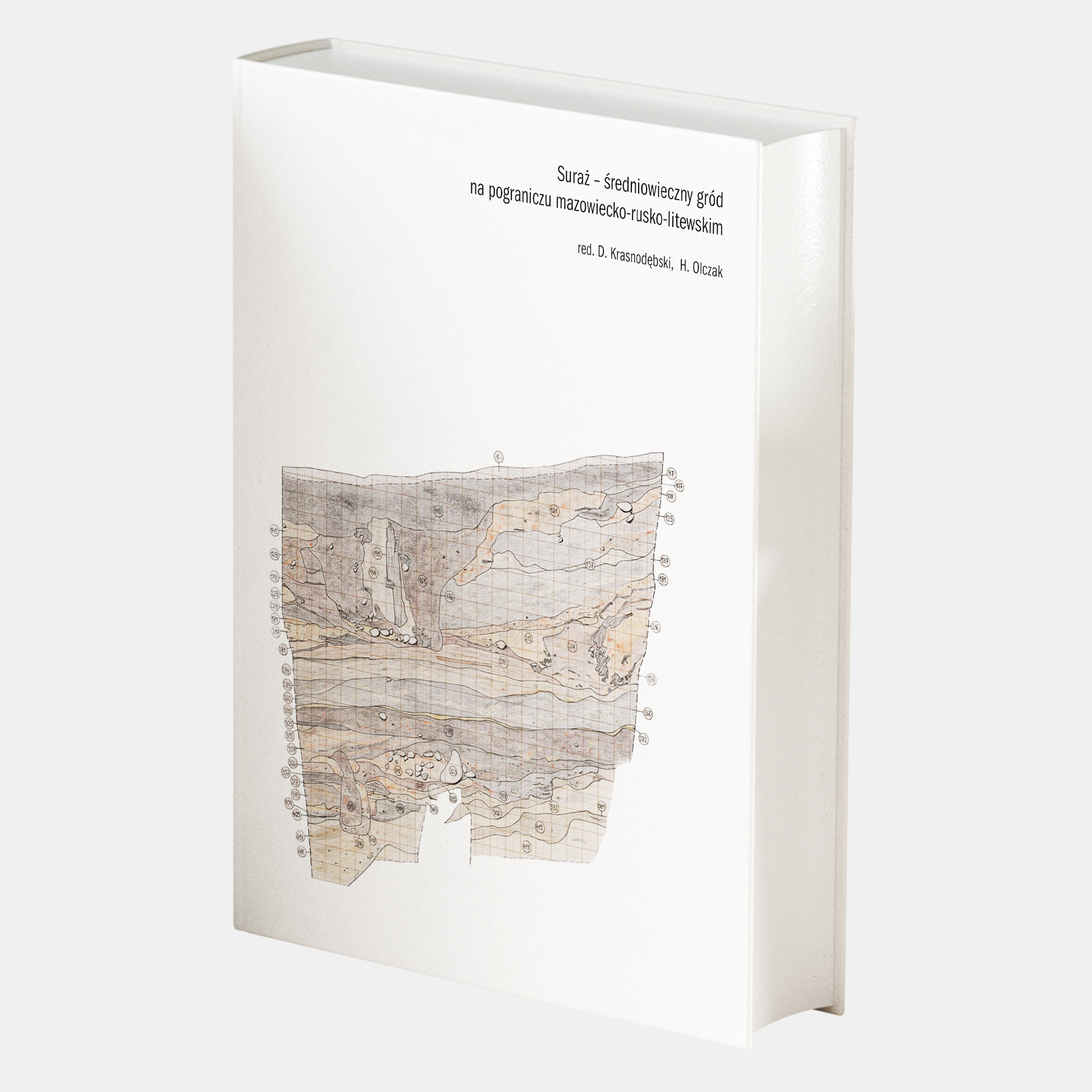Your cart is currently empty!
Archeologiczne Zeszyty Sprawozdawcze 3/2025
12,00 €
Contents of the Issue
Krzysztof Bratko
Analiza materiału archeologicznego z osady w Charbinowicach. Badania z 2004 i 2006 roku
This paper presents the results of the research that was made on Przeworsk culture settlement in Charbinowice, Kazimierza district, Świętokrzyskie voivodship. The research took place in 2004 as a field survey and in 2006 in the form of excavations. The relics were obtained from culture layers and archaeological features. Thanks to these analises one can observe three phases of this settlement. The przeworsk culture used this settlement from Younger Pre-Roman period to Early Migration period. Furthermore, the material from Charbinowice was compared to finds from other archaeological sites situated in the vicinity of Nida and Nidzica rivers. It was determined that Charbinowice Settlement was important part of this microregion.
Jakub Rąpała, Michał Lis
Wawel Międzymurze. Zabytki numizmatyczne pozyskane w trakcie badań archeologicznych w latach 2023–2024
The article presents the results of an analysis of numismatic artifacts discovered between 2023 and 2024 on the grounds of the Royal Castle on Wawel Hill, within archaeological zones II, VII, and VIII. The collection includes coins minted from the 15th to the 20th century. The research revealed that the most numerous group consists of modern-era coins, including so-called „boratynki” (small copper coins) from the reign of John II Casimir, which account for 73% of the finds. The results also indicate that the use of metal detectors and new exploration methods positively contributes to the increased number of numismatic artifacts being discovered. The acquired numismatic material enables the reconstruction of the economic and social history of Wawel Hill.
Marcin Bohr, Aleksandra Calińska
Grot z okresu rzymskiego z Ławszowej w Borach Dolnośląskich
The article presents an analysis of an iron spearhead discovered in 2015 during demining operations in the Bolesławiec Forest District, in the village of Ławszowa (site AZP 2/73-14). The artifact is dated to the Roman influence period (phases B2–C1) and typologically corresponds to variant 1 of type VI according to Kaczanowski’s classification. This find constitutes a valuable contribution to research on settlement and weaponry in the poorly explored region of the Lower Silesian Forest, which during the Roman period was a zone of cultural interaction and transition.
Bartłomiej Szymon Szmoniewski, Jacek Pikulski, Marek Trojan
A recent discovery of a trapezoid-shaped pendant from the early Slavic phase on site 3 in Zagórzyce, Kazimierza Wielka County, Świętokrzyskie Province
The article examines the discovery of a trapezoid-shaped pendant found during investigations conducted at site 3 in Zagórzyce, Kazimierza Wielka County, Świętokrzyskie Province. The described object, which is partially preserved, was cut from a thin sheet based on copper alloy, with a surface decorated with embossed hemispheres. Trapezoidal pendants were particularly popular in the Eastern European forest zone from the mid-1st (late phase of the Zarubintsy culture and the post-Zarubintsy horizon) to the 7th century (Prague and Penkovka cultures). Between the 8th and the 10th/11th centuries, they remained popular among people living in the northern part of the Eastern European forest zone. Trapezoid-shaped pendants are relatively rare finds in Poland. In southern Poland, they occur in areas occupied by early Slavs (Prague culture) and date back to the 6th and 7th centuries.
Only logged in customers who have purchased this product may leave a review.






Reviews
There are no reviews yet.